How to Buy a Language Learning Textbook Without Wasting Your Money
Because your wallet deserves better than a dusty paperweight.
If this isn’t your first time here, you know I hate (most) textbooks. So, if I personally buy one with my cold, hard cash? Oh, it better be worth every penny, because I know what’s out there—and let me tell you, not all textbooks are created equal.
If you’re about to drop $30 or even $50 on a book that promises to make you fluent in 90 days (lol), here are four tips to help you not waste your money.
1. Know Thyself, or At Least Know Thy Language Goals
You are guaranteed to get the wrong thing if you don’t know what you want.
Seriously. Are you trying to go from zero to survival level? Or are you hovering in intermediate and trying to push into advanced conversations about politics and philosophy?
Textbooks are usually written with a specific learner in mind. So be honest—where are you now, and where do you want to be? Buying a beginner book when you're already mid-level is like rewatching the tutorial stage of a video game. Waste of time and money, and you’ll be bored to tears.
2. It’s 2025—If There’s No Online Support, Run
If your textbook doesn’t come with online audio, extra quizzes, or digital flashcards, just… no.
You barely have the attention span to sit through a 30-minute episode of a show without checking your phone three times. Are you really going to stay focused using just a textbook?
Modern learners need multi-sensory engagement. Audio helps you hear pronunciation. Flashcards help with memorization. Quizzes help you retain something. And honestly, if a publisher hasn’t figured that out by now? Red flag.
3. Flip Through the Book. If You Can’t Read It, Don’t Buy It
Obvious? Maybe. Overlooked? Constantly.
When you open the book, do your eyes glaze over like you just read legal jargon in another language (which…you kind of are)? Or does the layout feel manageable? Clean fonts, short explanations, helpful graphics—these things matter.
If you can’t read the instructions, you won’t get very far. Save yourself the frustration before you commit. Don’t buy a book you can’t read. Period.
If you make the same face as Gaston…..don’t buy it.
4. More Exercises = More Progress (Eventually)
You don’t need a perfect textbook. But you do need one that gets you practicing. Because while practice doesn’t make perfect (sorry), it does make you better than before.
Look for books that include:
Fill-in-the-blank drills
Listening comprehension tasks
Speaking prompts
Writing assignments
Review sections
The more ways a textbook gets you to use the language, the better your chances of sticking with it and improving.
In a Nutshell
A good textbook can be a powerful tool on your language learning journey. But a bad one? It’ll collect dust on your shelf while you side-eye it in guilt.
So before you spend your hard-earned money, remember:
Know your level and your goal
Demand digital extras
Choose something readable
Prioritize active practice
And now, you know how to not waste your money on language textbooks.
Go forth and shop smarter, not harder. Your language goals—and your bank account—will thank you.
Got a textbook horror story? Or a hidden gem you swear by? Drop it in the comments!
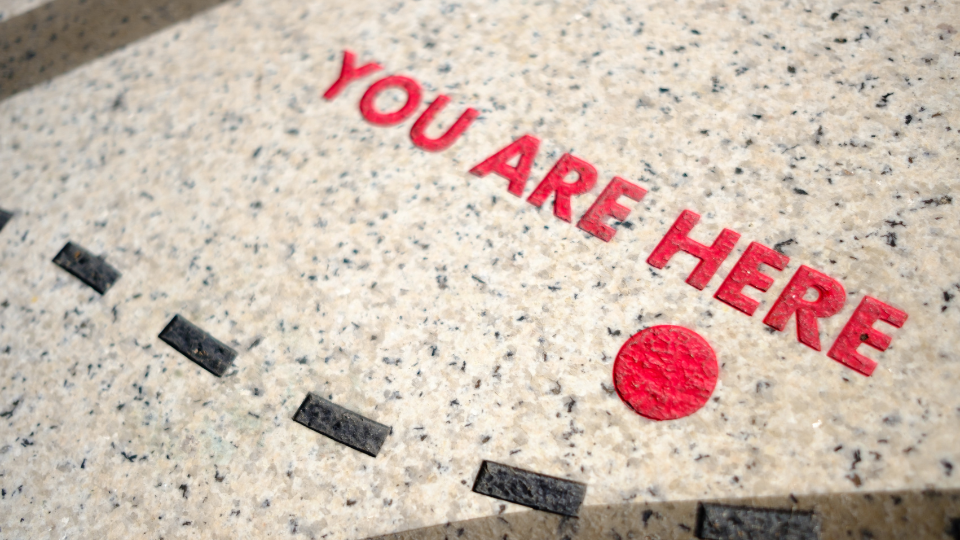

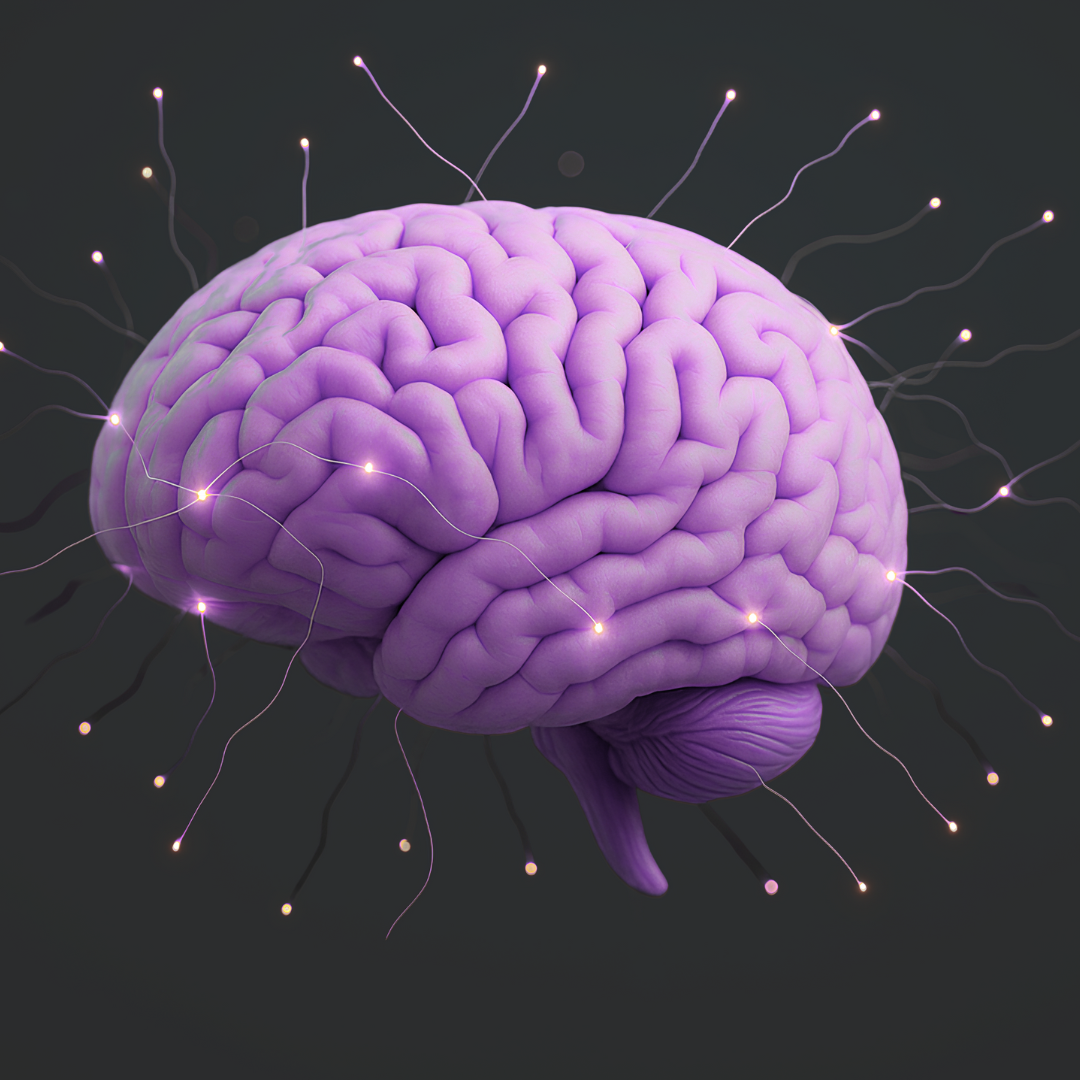
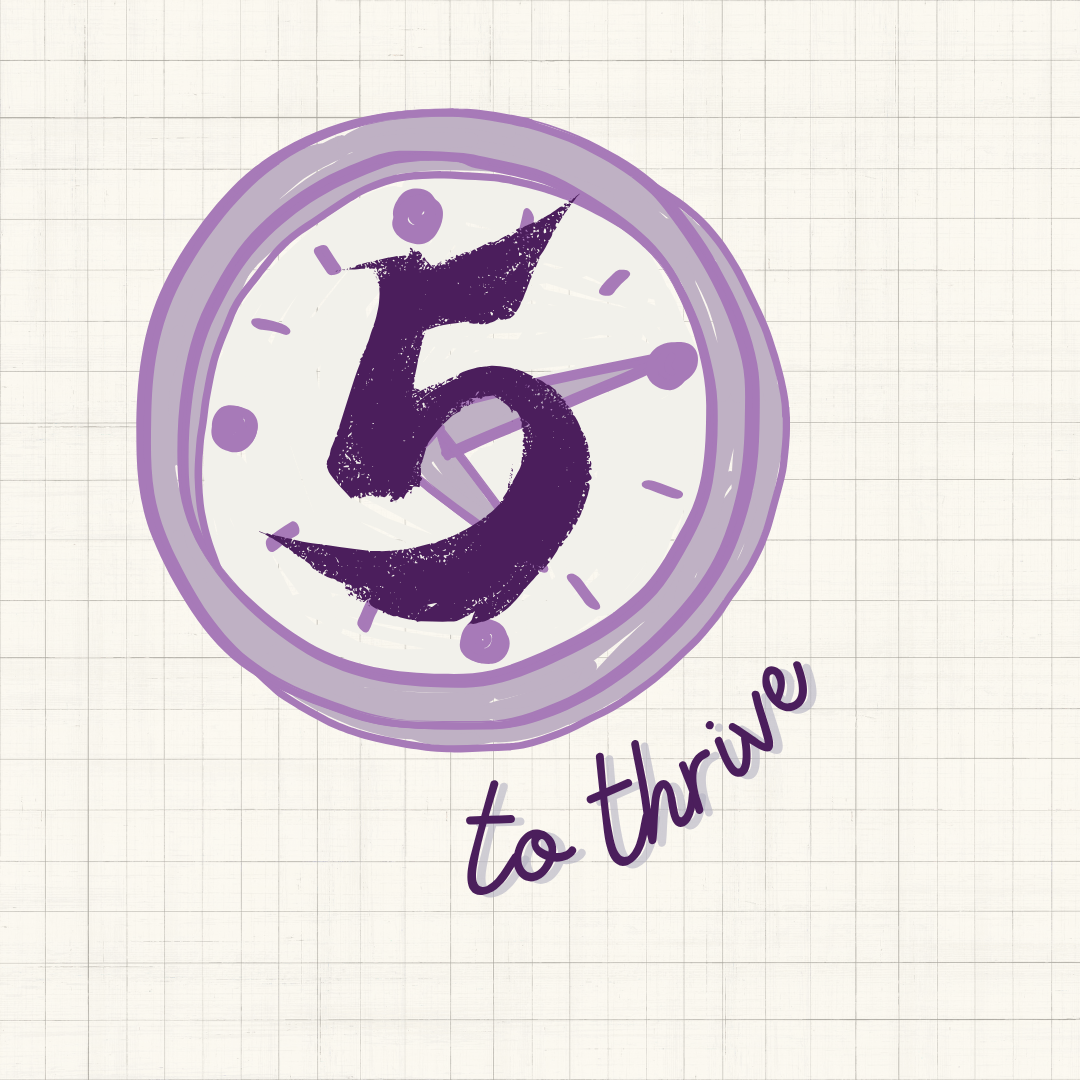
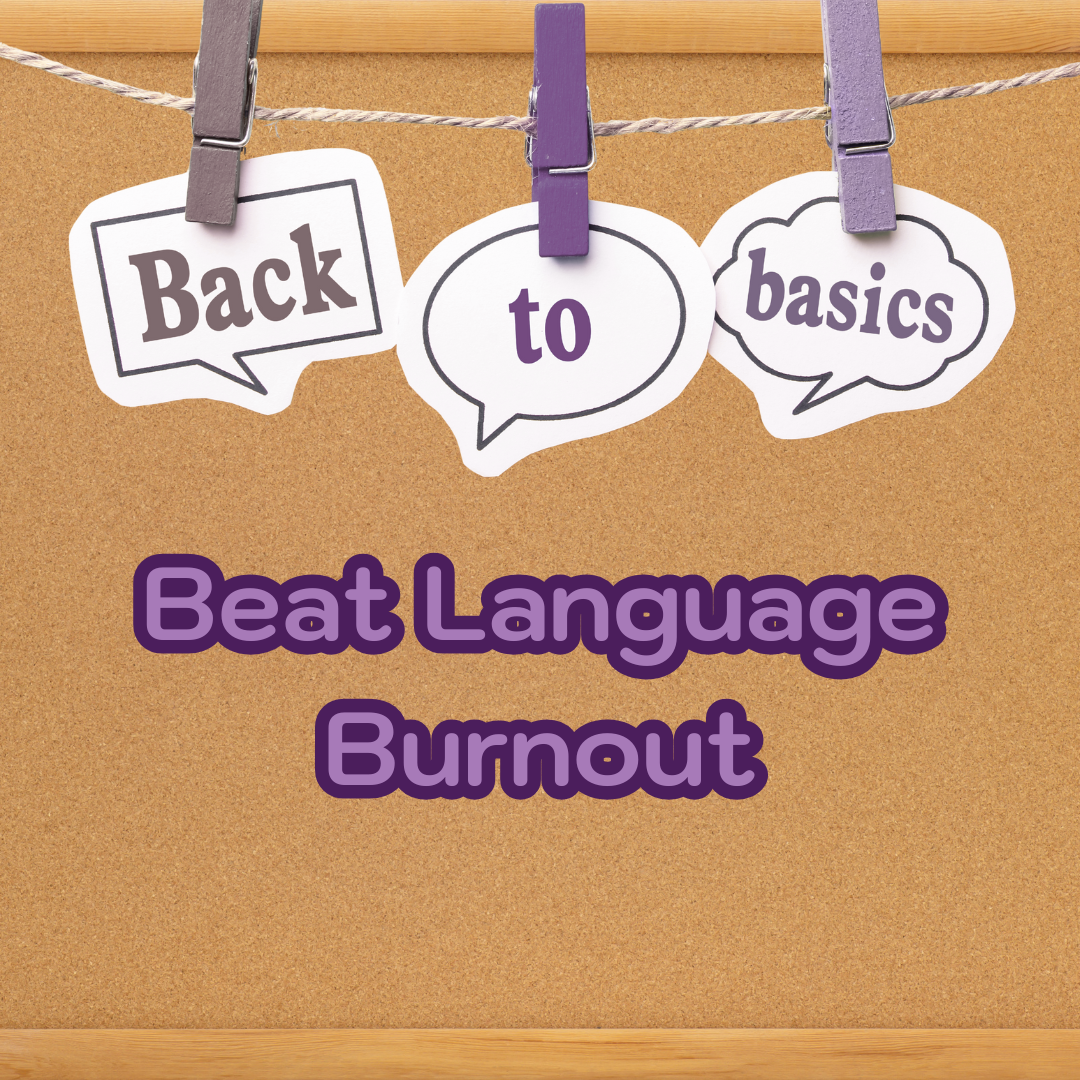
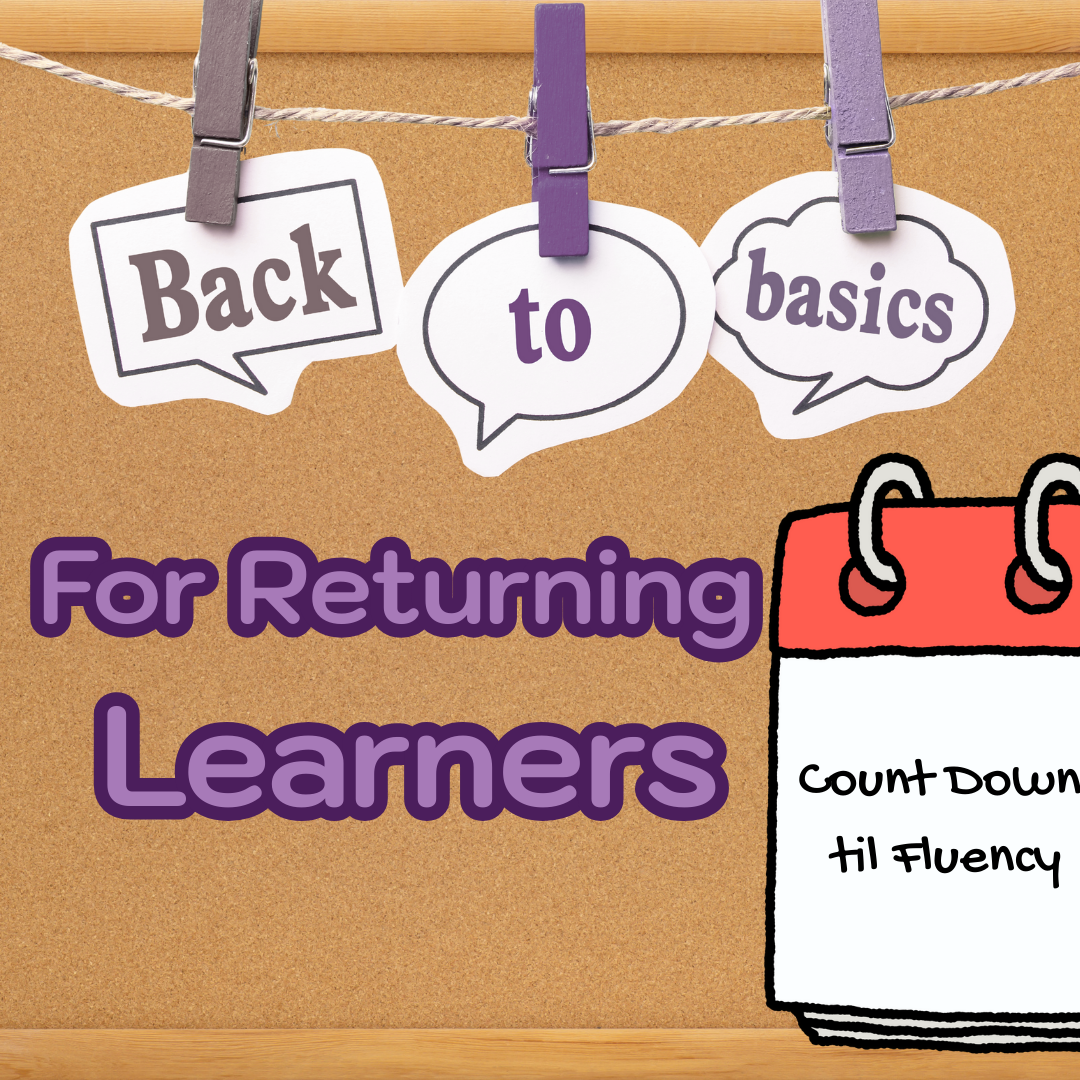

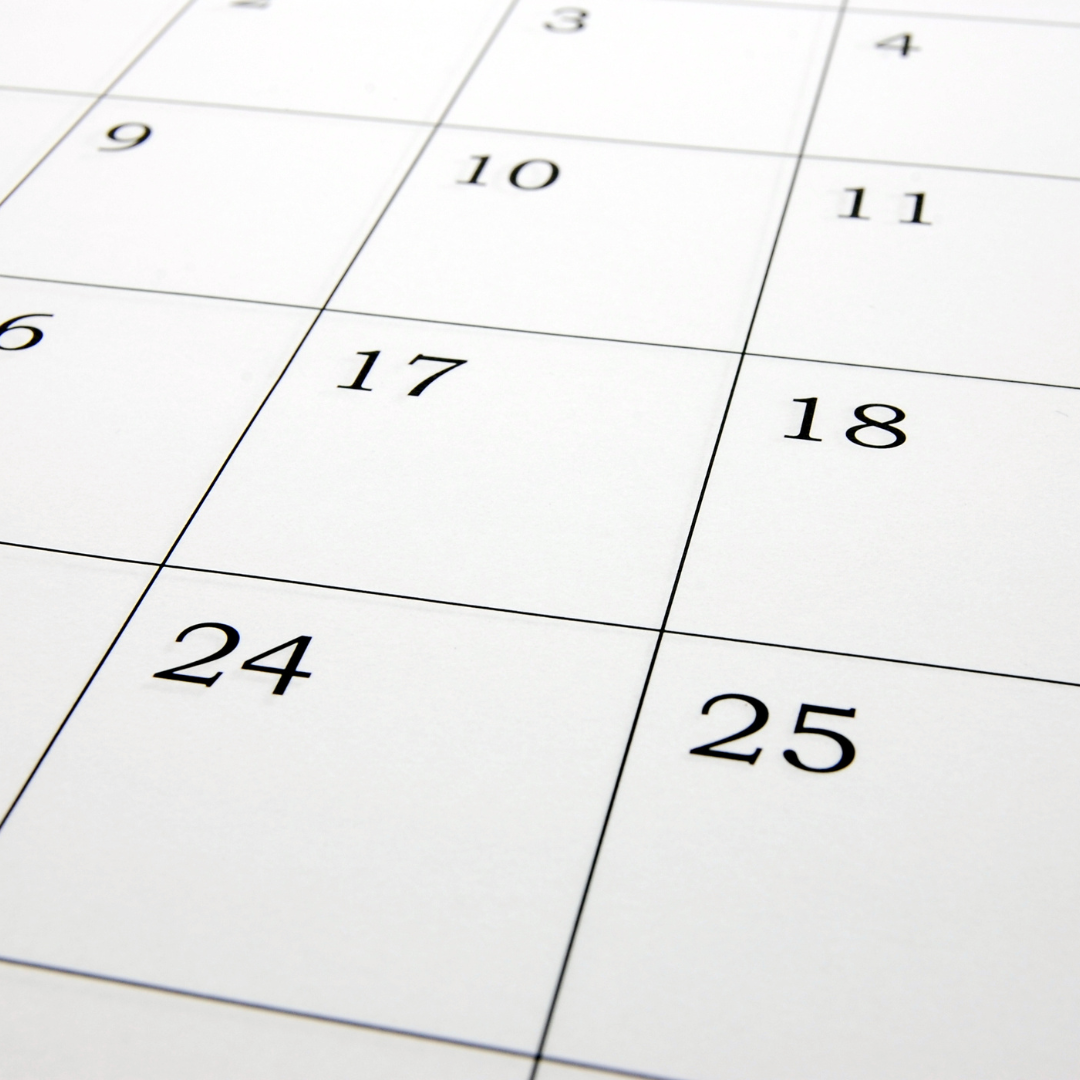
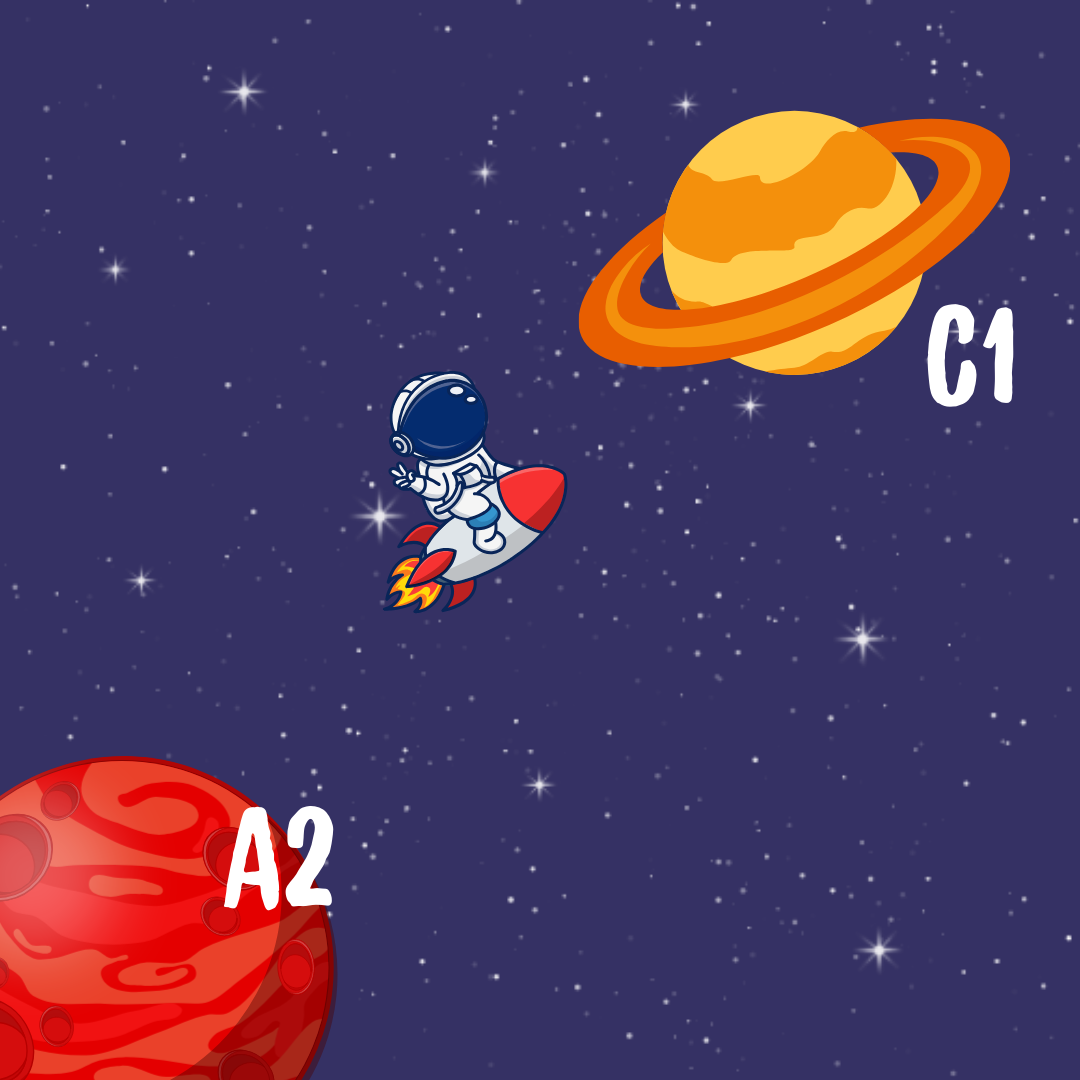

Studying should add to your life, not drain the little energy you have left.